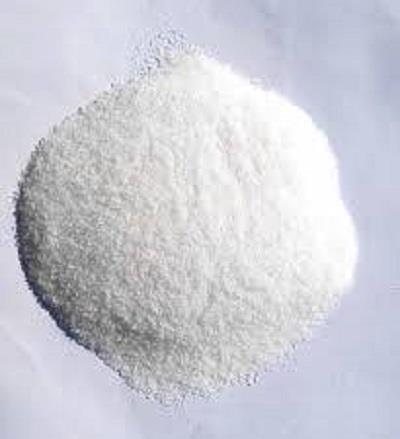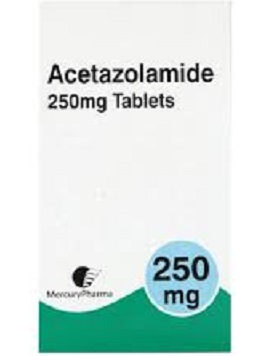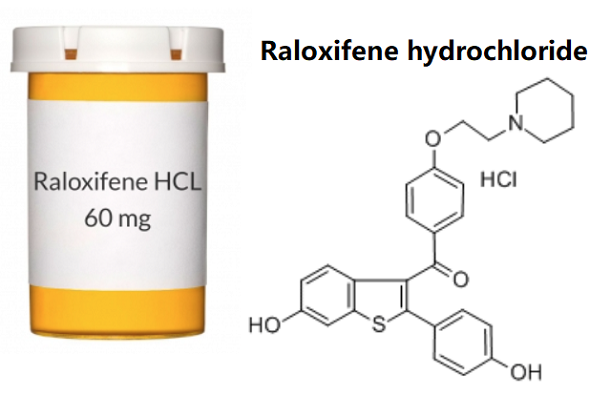The Mechanism of action of Acetazolamide
Introduction
Acetazolamide is a medication that inhibits carbonic anhydrase and prevents the proximal tubular absorption of sodium. It was initially introduced as a diuretic for treating congestive heart failure, as it was discovered to be more effective and less harmful than sulfanilamide diuretics. In the 1950s, several case studies involving the use of acetazolamide on heart failure patients showcased its successful decongestive properties. Although loop diuretics are generally considered more potent, the utilization of acetazolamide has been decreasing. Recently, new evidence has emerged indicating that the ceiling effect of acetazolamide results from a compensatory increase in distal tubular Na-Cl co-transporter activity due to a decline in pendrin expression. This finding suggests that the combined use of acetazolamide and thiazide diuretics may be an effective treatment for diuretic resistance[1].
Acetazolamide (AAZ) is a carbonic anhydrase inhibitor used in glaucoma treatment to lower IOP by lowering aqueous humour production. However, it is also used in the treatment of high ICP because it inhibits enzymes in the choroid plexus and decreases the production of cerebrospinal fluid.
Mechanism of action
Acetazolamide could reduce proximal tubular sodium reabsorption and improve diuretic efficiency when added to loop diuretics, potentially facilitating decongestion. Results from an observational study and a small, prospective, randomized trial suggest that the addition of acetazolamide (at a dose of 500 mg administered intravenously once daily) to intravenous loop-diuretic therapy increased urinary sodium excretion, which is an objective metric of diuretic efficiency in patients with acute decompensated heart failure.
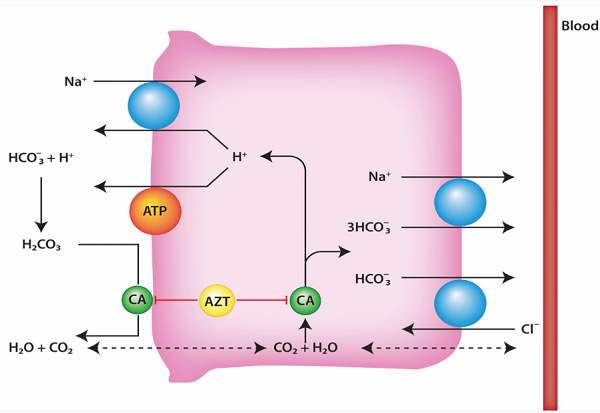
As a carbonic anhydrase inhibitor, acetazolamide targets the enzyme within the nephron’s proximal tubule. This action impedes bicarbonate and sodium reabsorption via interaction with the sodium hydrogen exchanger 3, enhancing their excretion and producing a diuretic effect via osmosis while altering urine and blood pH. The diuresis produced is minimal when used in isolation, largely because reabsorption occurs further down the nephron tubule. However, in adjunct with loop diuretics, it may potentiate its effects. This pharmacologic profile is particularly useful for correcting metabolic alkalosis in patients with heart failure who are also receiving loop diuretics, which can induce this condition. This becomes particularly advantageous for acetazolamide when considering a study by Loon and Wilcox that showed alkalosis reduced bumetanide's diuretic and natriuretic response[2].
Acetazolamide should be used with caution. It is contraindicated in severe renal disease and cirrhosis, and while its safety in pregnancy remains uncertain, it may be prescribed when the benefits justify the potential risks. In those with electrolyte abnormalities like hyperchloremia and metabolic acidosis, acetazolamide should be deferred.
[1] Allison R Loiselle. “Intraocular and intracranial pressure in glaucoma patients taking acetazolamide.” PLoS ONE (2020): e0234690.
[2] Sabina, Michael et al. “Unlocking the Potential of Acetazolamide: A Literature Review of an Adjunctive Approach in Heart Failure Management.” Journal of Clinical Medicine 72 1 1 (2024).
References:
[1] ALLISON R LOISELLE. Intraocular and intracranial pressure in glaucoma patients taking acetazolamide.[J]. ACS Applied Bio Materials, 2020. DOI:10.1371/journal.pone.0234690.[2] SABINA M, BARAKAT Z, FELICIANO A, et al. Unlocking the Potential of Acetazolamide: A Literature Review of an Adjunctive Approach in Heart Failure Management[J]. Journal of Clinical Medicine, 2024, 72 1 1: 88-98. DOI:10.3390/jcm13010288.
You may like
Related articles And Qustion
See also
Lastest Price from Acetazolamide manufacturers

US $0.00/kg2025-04-29
- CAS:
- 59-66-5
- Min. Order:
- 1kg
- Purity:
- 99%
- Supply Ability:
- 10000KGS
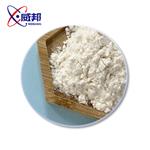
US $10.00/KG2025-04-21
- CAS:
- 59-66-5
- Min. Order:
- 1KG
- Purity:
- 99%
- Supply Ability:
- 5tons

